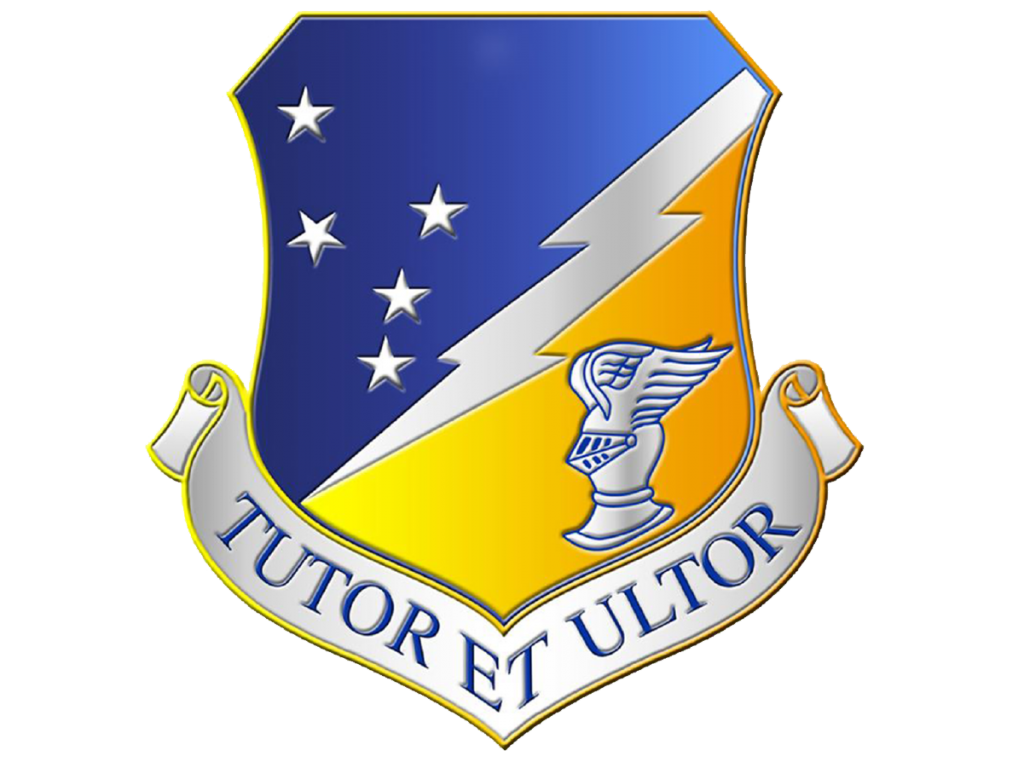
Overview
Location: New Mexico
Also Known As: Alamogordo Army Air Field, Alamogordo Air Field
Other Resources
History
The Holloman Air Force Base association with rockets and missiles goes back to 1947 when the base was designated the primary site for development of pilotless aircraft, guided missiles, and related programs. In 1948, Alamogordo Air Field was renamed Holloman Air Force Base in honor of Colonel George Holloman who was a pioneer in rocket and pilotless aircraft research.
Related research branched into the medical field with rocket sled tests and high altitude balloon ascents with animal and human subjects. The chimpanzees for Project Mercury manned space flights were housed and trained at Holloman. Several U.S. Air Force missiles and sounding rockets had flights and developmental roots at Holloman Air Force Base.
JB-2
- U.S. copy of German V-1 “Buzz Bomb” were slightly heavier and had more wing area
- Also known as: “Jet-Bomb-2” by U.S. Army; “Loon” by U.S. Navy
- March 1947 – Testing moved from Wendover Air Force Base to Holloman Air Force Base
- April 1948 – U.S. Air Force reactivated JB-2 to test guidance, seeker, telemetry, optical tracking
- Blockhouse and 2 launch ramps constructed
- JB-2 also used as target drones
- First launch – 3 May 1948
- Last launch – 10 January 1949
- Total launched 11
Matador
- Two plywood dummies were shipped to Holloman from manufacturer for tests
- 19 January 1949 – First flight of prototype YB-61 (red bird), crashed soon after launch
- Second prototype YB-61 flight successful
- 1 December 1948 – 14 November 1956 – 25 test launches of various Matador
- 27 February 1948 – Single flight of test BW-CW version of Matador; program cancelled December 1954
- 21 February 1957 – Matador launch from Holloman stopped responding to ground commands and apparently crashed in Rocky Mountains
- Testing included Zero Launch Launcher tests, warhead drops from B-36 aircraft, rocket sled tests of parachute recovery system, and guidance system development
- Live fire launches were from Able 51 hardsites
Mace
- 10 June 1958 – First launch of Mace
- September 1957 – Flight of “new” Matador (essentially a Mace) launched at Holloman and impacted on Wendover Air Force Base range
- February 1958 – Flight of “new” Matador (essentially a Mace) launched at Holloman and impacted on Wendover Air Force Base range
- May 1958 – Flight of “new” Matador (essentially a Mace) launched at Holloman and impacted on Wendover Air Force Base range
- Terrain mapping guidance tests of Mace were performed at Holloman because there was no terrain over which to navigate at Cape Canaveral
- 1960 – Five live fire tests of TM-76A
- After 1966 – Testing of ATRAN guidance system took place
- Simulated tests of Rapid First Multiple Launch (RFML) of Mace
Rascal
- 1951-1952 – The 2/3 version of the Rascal missile named Shrike were air launched from a B-29
- 31 July 1953 to 16 August 1953 – Six captive tests of the Rascal
- June 1955 – First air launch of Rascal from a B-36
- July 1955 – First successful air launch from a B-47
- Early Rascal were remote controlled by radio while later versions contained an internal inertial navigation system
X-17
- Late 1950s – Flight tests of scale-model and full-sized X-17 rockets. This included design and testing of the various stages of the X-17 and nosecones.